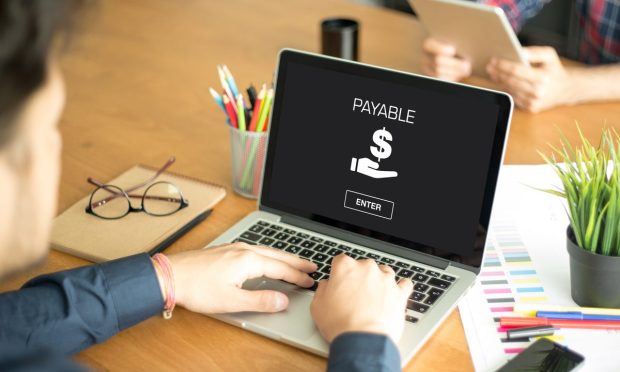Buyers, Suppliers Lean Into Automation to Reduce Payments Frictions

Not everybody enjoys negotiation. In the business-to-business (B2B) space, buyers and suppliers often experience friction when negotiating which forms of payment the supplier will accept.
Priority Technology Holdings is known for helping to solve this problem by offering supplier enablement. Now, the company is also aiming to do so with automation.
On March 2, Priority announced its participation in the Mastercard Track Business Payment Service (Track BPS) to enhance the exchange of payments data between buyers and suppliers.
“By having the business rules out there and available, it just becomes a hassle-free market for payments,” Steve Tackett, executive vice president and head of the B2B division at Priority, told PYMNTS.
Reducing Frictions for Both Buyers and Suppliers
The pandemic highlighted the need for a better way to make B2B payments. Today, when buyers want a supplier to accept an electronic form of payment, they must reach out to the supplier and see if they’ll agree to it.
That’s always been a painful process for accounts payable (AP) departments. It’s been even more difficult over the last two years, when there hasn’t been someone sitting at a desk in the supplier’s accounts receivable (AR) department ready to receive a call.
“The number of phone calls that you have to make just to reach the right person and get them to return calls, which used to be much more reliable, has really made a time consuming process even worse,” Tackett said.
It’s difficult for suppliers, too. While accepting a credit card used to be a rare request, it’s now a chore because in 2022, suppliers that are open to receiving electronic forms of payment might be receiving several hundred or even a thousand or more emailed payments each month.
“Then, this thing that was sold to you as a way to speed up payment and a better form of automation sure feels pretty manual,” Tackett said.
These have been real deterrents to growth for the electronic payments market. That’s one of the reasons there are still so many check payments being made by businesses.
Related: How Digital Payment Adoption Drives Business Growth
Implementing Automation Strategies
He added that the breadth, depth, reach and influence of Mastercard will also help boost the adoption of electronic payments.
Track BPS is part of a solution through which Priority will make it easier to learn not only whether a supplier will accept a card or EFT for payment, but also the company’s business rules. This will enable buyers to submit payments electronically following those business rules.
“We’ve gone from something that’s opaque to something that’s transparent, and that’s very, very powerful,” Tackett said.
Enabling Advances in the Market
For the supplier, automation will allow those transactions to come in automatically and post into their bank accounts without them having to open emails, click links or copy and paste card numbers and expiration dates.
“Those are game-changing advances in the market that, if widely adopted, are going to show big results,” Tackett said.
Making a comparison to the direct deposit experience that consumers enjoy, Tackett said that while consumers just need put their routing number and bank account number into their employer’s system once, B2B businesses have to do that over and over again.
With the new system, on the other hand, it’s as if the numbers were out there for everyone to see — without being compromised — so that businesses can interact in a network effect.
Similarly, instead of getting a stack of remittances, the supplier will get them in one consolidated view, which they can reconcile.
This will improve a supplier’s cash flow because it will no longer have credit card payments waiting days to be processed. Instead — assuming there’s not an agreement to do otherwise — the money will go immediately to the supplier.
This type of automation will also improve relationships between buyers and suppliers because it will reduce those tough negotiations between them over which methods of payment will be accepted.
“You’re reducing cost, you’re reducing friction, and ultimately money is getting transferred in a much more clean and efficient fashion,” Tackett said.
See also: Embedded Banking, Digital Payments Help SMBs Hedge Inflation, Boost Cashflow
